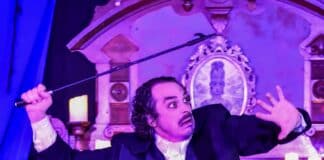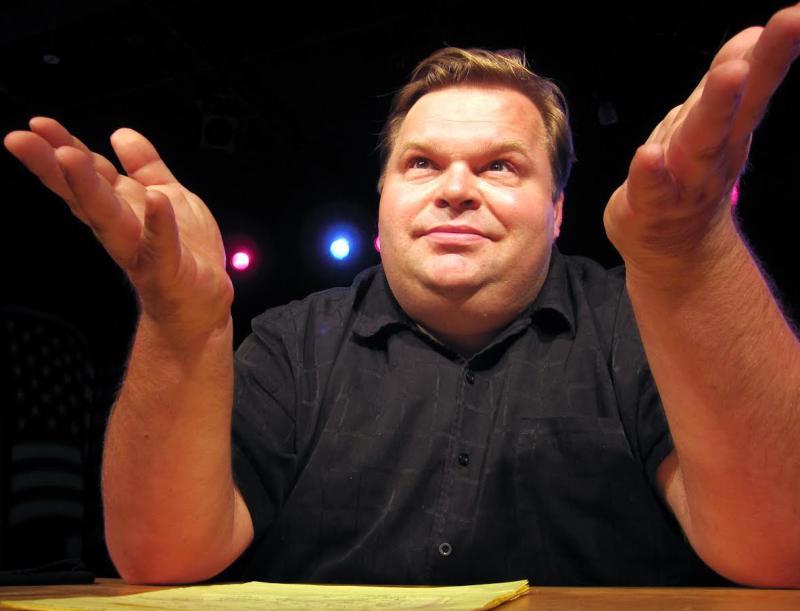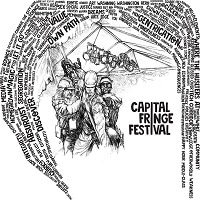‘A Christmas Carol for Edgar Allan Poe’ is thrilling and first-rate
The new play presented by the National Edgar Allan Poe Theatre is bound to be a holiday classic. By CAROLINE BOCK
Magic Time!: Why ‘A People’s History’ Is “Painful”: A Q&A With...
John: Before you brought A People’s History to DC, you performed all 18 parts three times—once through in Minneapolis and twice through in Seattle....
Capital Fringe Preview: ‘ECHOES’ by N. Richard Nash by Manoel Amado
A young man and woman build a low-keyed paradise of happiness within an asylum, only to have it shattered by the intrusion of the...
Tantalizing Tastes from a Boffo Buffet: A Report on the 2017...
Fifteen of the 80-plus shows in the 12th Annual Captial Fringe Festival presented five-minute teaser scenes to a packed house Thursday night at Logan...
Capital Fringe Preview: ‘It’s What We Do: A Play about the...
What is it like for a young Israeli soldier to have to enforce the occupation of the West Bank and Gaza?
What is life like...



